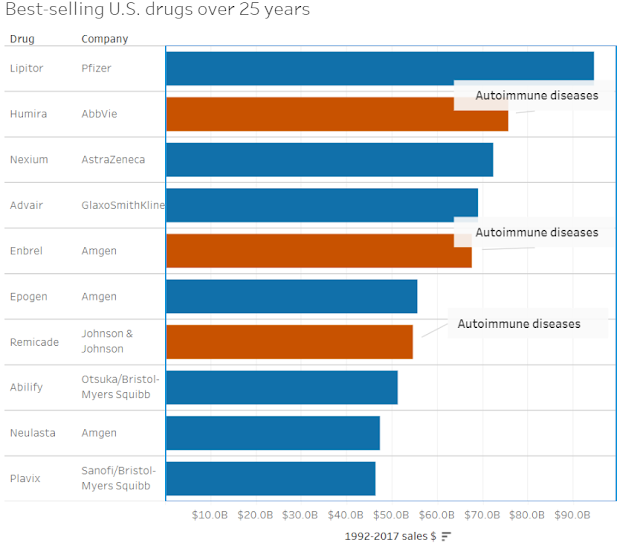5 WAYS TO EVALUATE PHARMACY INTERNSHIPS
While internships are an important experience for pharmacy students, not every opportunity is equal. Some do a wonderful job of preparing students, and others leave something to be desired. Here are a five factors to consider when evaluating a potential internship. 1. Review deadlines and requirements Different pharmacy internships have different deadlines and requirements. Some internships have a certain year or major they’re looking for. Read the website closely to understand if you have fulfilled all the requirements, and heed warning, sometimes different sections of the website offer slightly different information. If you’re confused, give them a call! 2. Start your internship search early There are many perks of starting your internship search early. The earlier you start your internship search, the more time you have to ask coordinators questions and receive responses before submitting applications. For internships that allow hands-on clinical experience or shadowing, y



